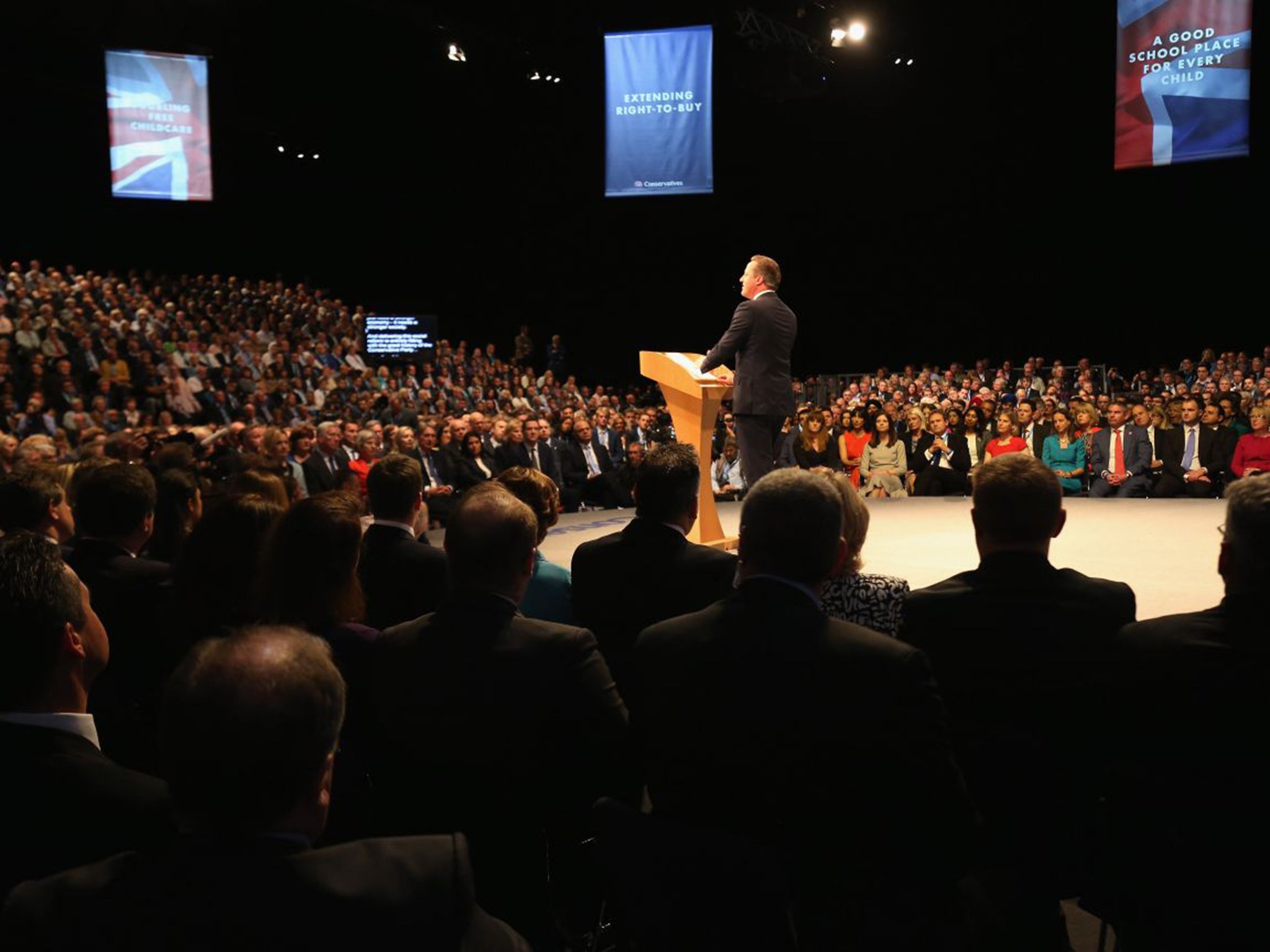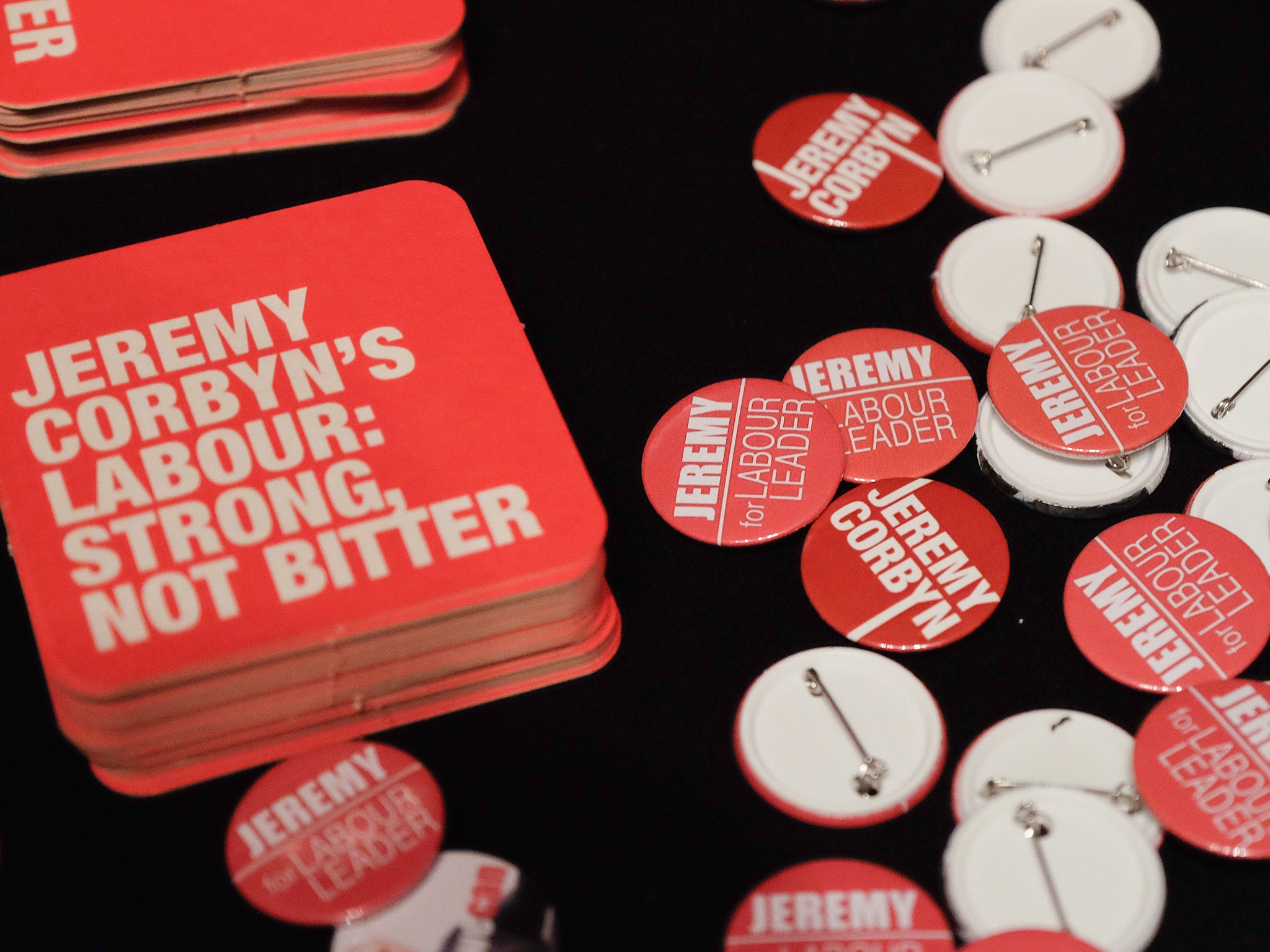Tories will be boosted by 'tens of thousands of registered members after completion of party structure review'
But critics say the proposed central membership base at party HQ will be fought by the independent local associations

Your support helps us to tell the story
From reproductive rights to climate change to Big Tech, The Independent is on the ground when the story is developing. Whether it's investigating the financials of Elon Musk's pro-Trump PAC or producing our latest documentary, 'The A Word', which shines a light on the American women fighting for reproductive rights, we know how important it is to parse out the facts from the messaging.
At such a critical moment in US history, we need reporters on the ground. Your donation allows us to keep sending journalists to speak to both sides of the story.
The Independent is trusted by Americans across the entire political spectrum. And unlike many other quality news outlets, we choose not to lock Americans out of our reporting and analysis with paywalls. We believe quality journalism should be available to everyone, paid for by those who can afford it.
Your support makes all the difference.The Conservatives will be boosted by “tens of thousands” of registered members following the completion of a review of the party’s structure, The Independent on Sunday has been told.
The party has been frustrated by its low membership, which is estimated at around 150,000 – as, during the height of the “Corbyn surge”, Labour gained 184,000 between May and October last year alone. This has almost doubled Labour’s membership to 388,000, at the same time as David Cameron has been accused of halving his own activist support.
But the review, led by party chairman Lord Feldman and minister without portfolio Robert Halfon, is understood to propose creating a central membership base at Conservative HQ. Many Tory MPs believe the local associations understate their membership to avoid paying the registration fees.
Retention rates are also low, because the party does not always track supporters whose membership has lapsed. Many members also disappear after college because there are no central records of students who joined university Conservative clubs.

Although a central membership list is likely to be controversial – local associations are protective of their autonomy – sources close to the review said it will create a more accurate picture of the Conservatives’ grassroots support. These members can then be better mobilised for election campaigns, while the increased numbers will also dampen criticism that Labour has more true believers.
“Graduates fall off the radar unless they decide to go and join an association,” said one source. “There’s not enough communication from the centre and the result is a reduction in membership numbers. Not everyone is accounted for; we will have tens of thousands more members [as a result of the review]. Membership numbers have fallen under Cameron, but that doesn’t reflect what I’ve seen on the ground.”
The source predicted that there will be “bloodletting” when this and other reforms are debated at Conservative conference this year, but that they would later be accepted by the associations, which would come to recognise the benefits of the changes. Another reform is to get neighbouring associations to share resources, such as property, in order to save costs and also to better reflect the changing geographic shape of parliamentary constituencies.
One MP who is concerned by the proposals said: “The central membership suggestion is predicated on the assumption that a lot of renewals are not happening, and in some areas that might be the case. However, the worry is that this is a massive centralisation of power in the party and the next thing would be the centralisation of selecting candidates. Also, you can’t just assume that by running student membership centrally you will end up with higher membership.”
In a separate issue, Conservative MPs do not believe that Mr Cameron can meet his pledge to make sure “no colleague will be left behind” under boundary reform changes that will see many of their seats abolished or merged.
The Prime Minister made the promise recently to placate MPs who fear that they will be left without a seat because of his plans to reduce the number of constituencies from 650 to 600 in the forthcoming boundary review. Mr Cameron has told every sitting MP that he or she will be guaranteed a seat to fight at the 2020 general election.
But MPs say Mr Cameron cannot impose candidates on local party associations, which pride themselves on their independence. One ministerial aide has suggested creating MP shortlists for marginal seats, but even this compromise is likely to be resisted by party branches.
“Even if you gave an MP an automatic interview for a safe or marginal seat, there is no guarantee they’re going to get the selection – an association could interview about 25 candidates, so the pledge doesn’t really mean anything,” said a senior Conservative MP.
More importantly, the boundary changes are unlikely to be completed until late 2018, around the time when most MPs expect Mr Cameron to step down. “Selections won’t be able to commence for many of these seats until 2019. Is David Cameron going to be around to fulfil that pledge in 2019? ” said a Conservative MP who currently holds a marginal seat.
In addition, Mr Cameron’s successor might not be wedded to the plan and unlikely to be particularly interested in helping out a soon-to-be seatless MP if they backed an alternative candidate in the leadership contest. And even if Mr Cameron does stay in Downing Street until 2020 – he has vowed not to stand for a third term – some question how much help he would be willing to offer those MPs who have been critical of his leadership.
A No 10 source said the Prime Minister remained “confident” that he could fulfil his pledge because a number of MPs will retire in 2020.
Join our commenting forum
Join thought-provoking conversations, follow other Independent readers and see their replies
Comments